Get in Touch With Us
By learning about common hornet and wasp species, their life cycles, and effective prevention and treatment strategies.
Understanding Their Role and Management
Hornets and Wasps
in Malaysia
Hornet and wasp are family vespidae playing an essential ecological roles in Malaysia. Serving as important pollinators like the honey bees and natural pest controllers. While these insects contribute positively to the environment, their presence can also lead to challenges. Particularly regarding stings and nest construction close to human habitats.
Understanding their life cycles, and effective prevention methods is crucial for both safety and ecological balance. Explores the various species of hornets and wasps in Malaysia. Their life cycles, impacts of their stings, and effective management strategies.
URGENT RESPONSE
The Lifecycle, Dietary & Habitat
Hornet and Wasp Life Cycle
Hornets and wasps in Malaysia generally thrive in tropical environments. Nesting in trees, shrubs, and sometimes in man-made building and structures with ability to adapt helps them find food. They get nectar from flowers and other insects for nourishment. Social wasps often forage in groups, while solitary wasps hunt individually.
Specific species may also exhibit slight variations in their life cycles, influence by local climate and available food sources. Their life cycle of typically includes four main stages: egg, larva, pupa, and adult. Understanding these stages reveals the complexities of their populations.
Egg Stage
The female wasps after mating, usually lay eggs in the nests. The size and location of nests depend on the species. The genus Vespa includes social hornets, which lay multiple eggs within a communal nest.
Larval Stage
Once their eggs hatches and the larvae emerges. The adults provide their primary food source by bringing back insect prey or liquid food. The larvae will undergo several molts during this stage of their life cycle.
Pupal Stage
After reaching maturity, the larvae spin cocoons and enter the pupal stage. During this time, they transition into adult. This stage can last from a few days to several weeks, depending on environmental conditions and species.
Adult Stage
Adult emerge from their pupae ready to forage for food and continue the reproductive cycle. Social hornet species, such as the bald-faced hornet and yellow jackets, use their nests each year. They breed new generations in these nests.
Potential Effects from Their Painful Sting
Effects of Hornet and Wasp Stings
Both species have stings that can be painful and, in some cases, lead to serious health consequences. In cases of serious allergic reactions, individuals should seek emergency medical help immediately. Symptoms to watch for include difficulty breathing, swelling of the face and throat, rapid heartbeat, and dizziness.
Pain and Swelling: The venom from a hornet or a wasp sting can cause immediate pain, redness, and swelling at the sting site. The intensity of the pain can vary from person to person.
Allergic Reactions: Although many individuals suffer only localised pain, some people may experience an allergic reaction. Symptoms can range from hives and swelling to anaphylaxis. To a severe and potentially life-threatening condition requiring immediate medical attention.
Treatment for Stings: To treat a sting, first clean the area with soap and water, then, apply a cold compress to help reduce swelling. You can also take over-the-counter pain relief, like ibuprofen or acetaminophen. For people who are allergic to stings, carrying an epinephrine auto-injector (EpiPen) is important. It can quickly help with severe allergic reactions.
The Difference in Characteristics for Hornet and Wasps in Malaysia
Comparison of Hornets and Wasps
Understanding the differences between hornets and wasps is important for identification and management.
Life Cycles
Both species go through similar life cycle stages, but hornets are often more aggressive, particularly when defending their nests. Hornets, which belong to the genus Vespa, tend to build larger nests and have a more complex social structure compared to other wasp species.
Feeding Habits
Hornets are generally considered more predatory than many wasps. They primarily feed on other insects, bringing them back to the hornet nest to feed the larvae. On the other hand, numerous wasps, particularly solitary types, might consume nectar, fruit, or caterpillars. Each type has its specific role in the ecosystem, with hornets providing more direct control of pest populations.
Risks Associated with Stings
Hornet stings are often more painful than those of common wasps, such as yellow jackets. This is because of their larger size and venom volume in hornets. The black and yellow coloration of many species of wasps serves as a warning to potential threats. Reminiscent of the European hornet found in other regions, including North America.
Identification Features
In general, wasps have a more elongated body with a narrow waist compared to hornets. Hornets also tend to have a larger size, with some species capable of reaching over 2.5 cm in length. Additionally, their nests are out together from a papery material made from chew wood fiber. Setting them apart visually from numerous wasp species.
Contact Professional Help for Hornet and Wasps Control Services
Prevention and Treatment Methods
Implementing effective prevention measures in residential and business settings is key to managing their populations. If owners spot hornet or wasp nests, treatment may involve insecticides or calling pest control professionals.
Prevention Strategies
Nesting Areas: Regular inspection of properties for nests is essential. They build their nests in sheltered areas, such as eaves, attics, or trees. Identifying and removing nests in early spring, before the wasps are active, can significantly reduce the chance of stings.
Food Sources: Keeping outdoor areas clean can keep wasps and hornets away from residential homes. Removing food scraps, covering trash bins with lid, and store pet food correctly. Covering food and drinks during outdoor activities can also reduce attractants.
Seal Entry Points: Inspecting and sealing cracks and openings in homes can help prevent pests from entering the building structures. This includes securing doors and windows, as well as covering vents and chimneys.
Insect Traps: Setting up traps specifically designed for wasps can help monitor and reduce populations during the warmer months. Our traps uses attractants to lure insects for capture.
Treatment for Infestations
Insecticides: Various insecticide sprays are design specifically for these stinging pests. They are most effective when applied during the evening when insects are less active. Essential that our specialists carefully apply the treatment in strategic locations.
Professional Pest Control: For large infestations or high-risk nests, it’s advisable to seek Innovative pest control services. Our professionals have the necessary equipment and expertise to safely remove nests.
Natural Remedies: Some homeowners may prefer natural pest control methods using essential oils or vinegar solutions. While these can be less potent than commercial insecticides, they often reduce wasp presence without chemicals.
Common Hornet and Wasp Species in Malaysia
Hornet and Wasp Species in Malaysia
Malaysia is home to diverse species of these species that exhibit unique behaviours and adaptations. Notable species include:
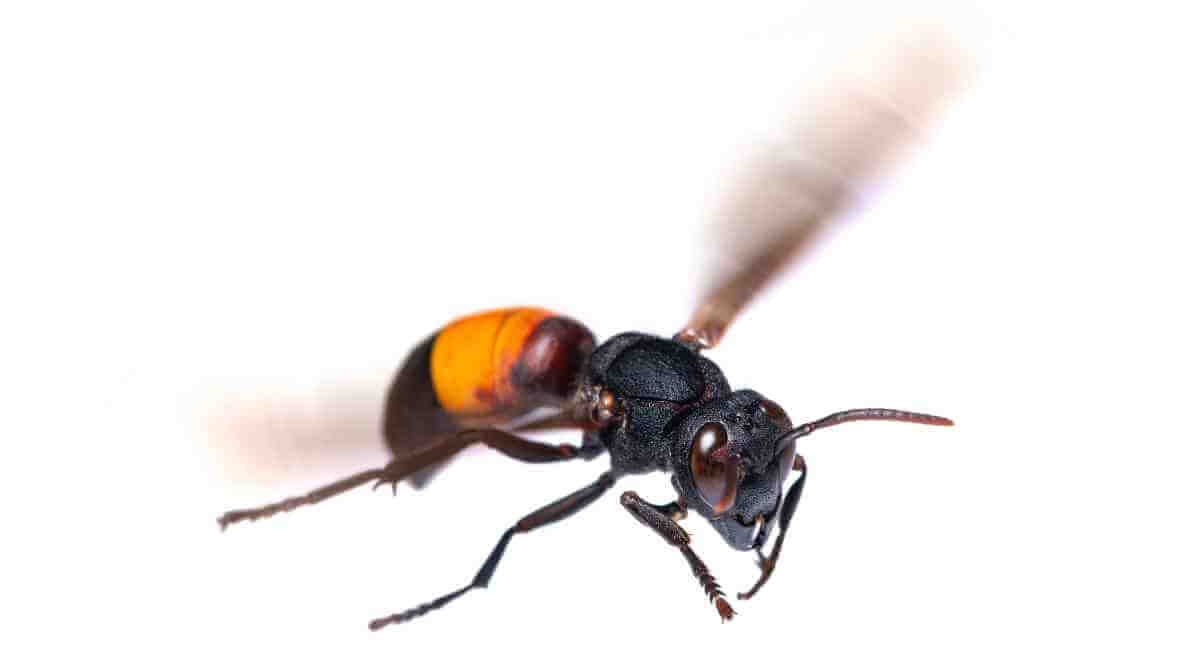
Lesser Banded Hornet (Vespa affinis)
Also identified by its black and yellow colouration, which serves as a warning to potential predators. These hornets are often nest in trees or shrubs and are social insects, living in colonies. They are famous for their aggressive defend of their nests, especially during the late summer and autumn months.
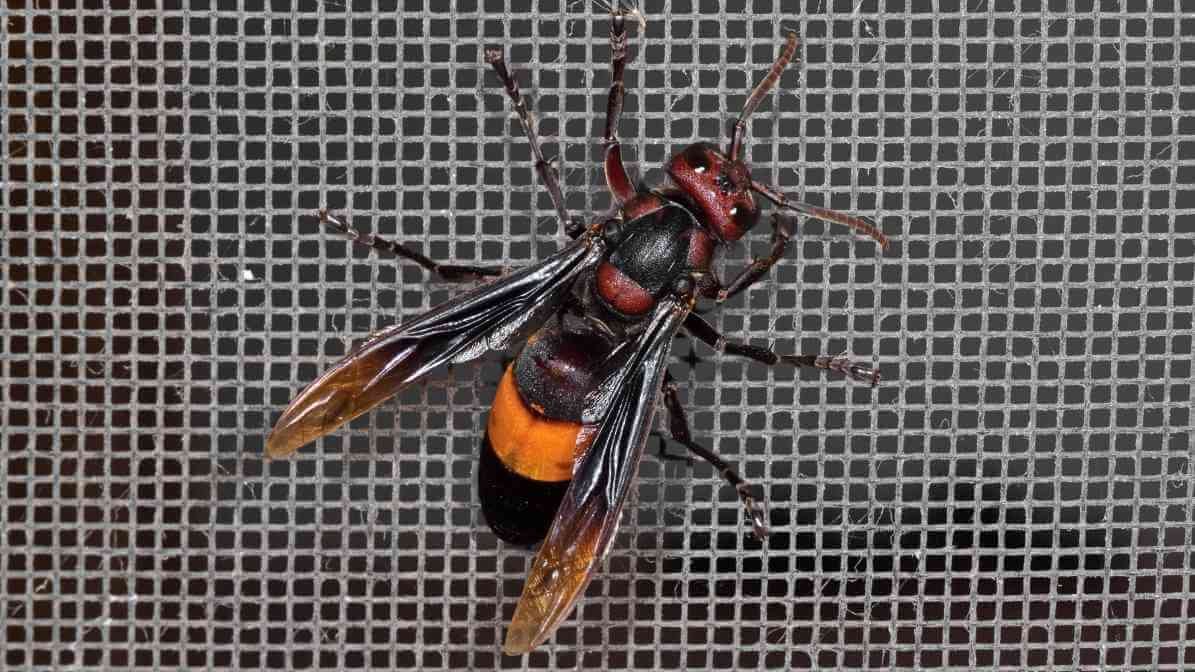
Greater Banded Hornet (Vespa tropica)
Similar to the Lesser Banded Hornet, these species displays distinct banding and is slightly larger. They usually build their nests in elevated locations, including tree canopies. This species plays a significant role in controlling pest populations, as they actively hunt other insects.
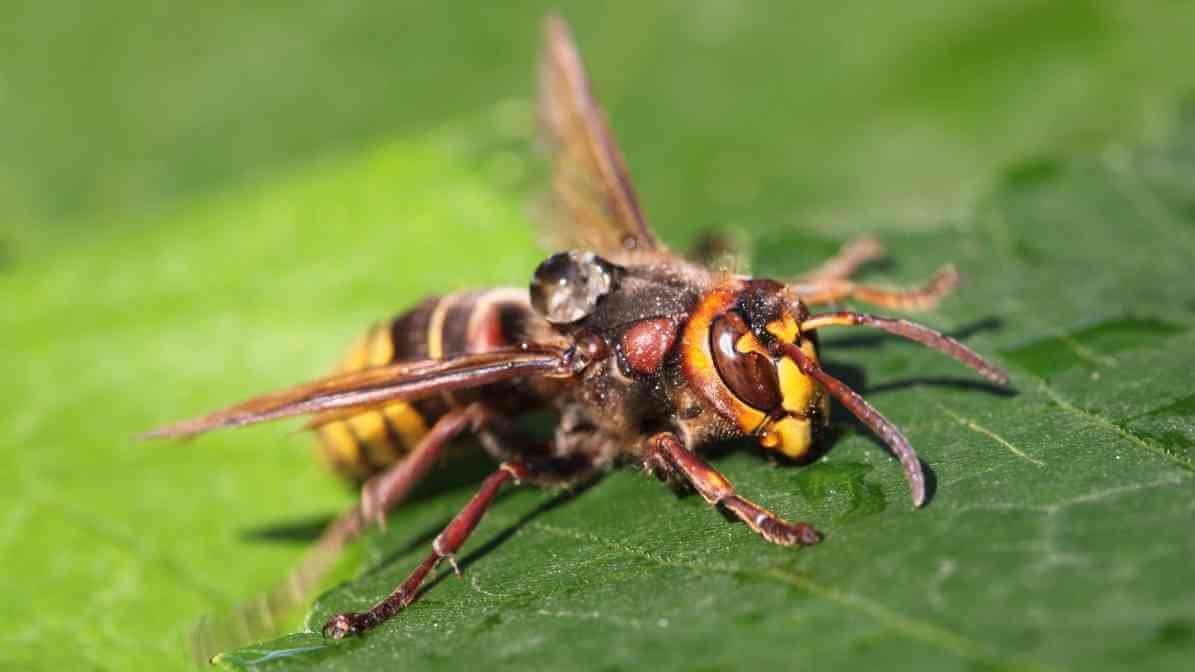
Yellow-Vented Hornet (Vespa analis)
Another prominent hornet species in Malaysia, characterised by its striking markings. These species prefer open areas for nesting, often near human habitats. They are critical pollinators and contribute to biodiversity.
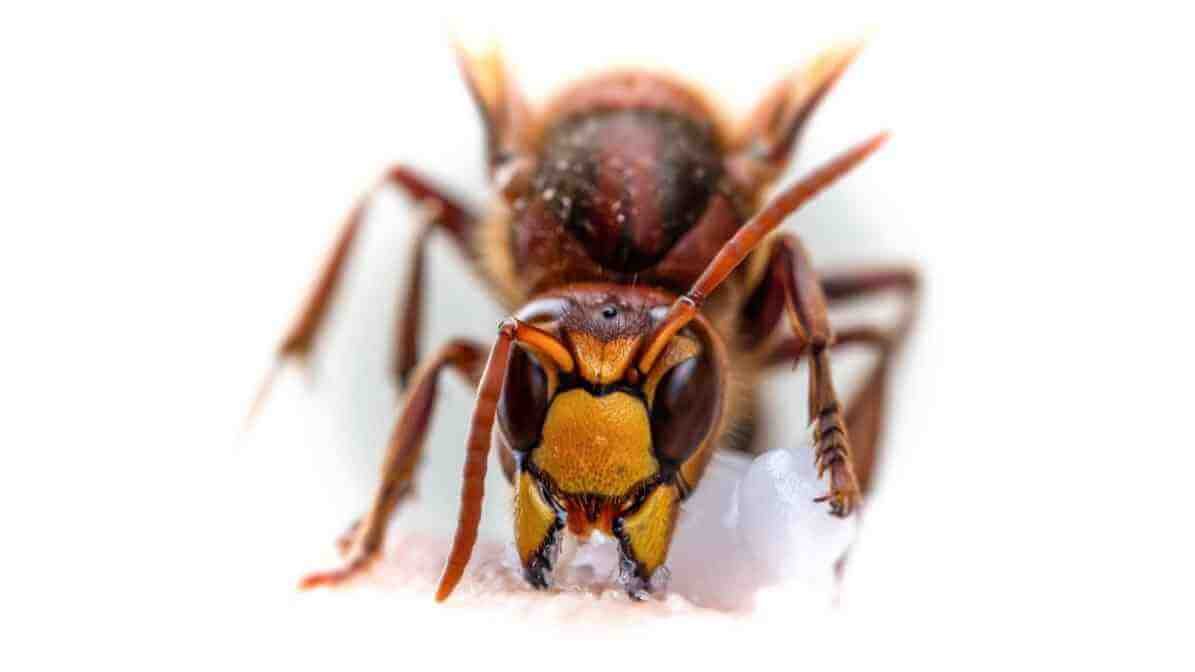
Asian Giant Hornet (Vespa mandarinia)
One of the largest hornet species, can grow up to 5 cm in length. Well known for its aggressive behaviour and potent venom. While it is primarily in forested regions, it has been document in more urban areas in Malaysia. Their presence is concerning, with a role decimating honey bee populations that poses risk to local ecosystems and agriculture.
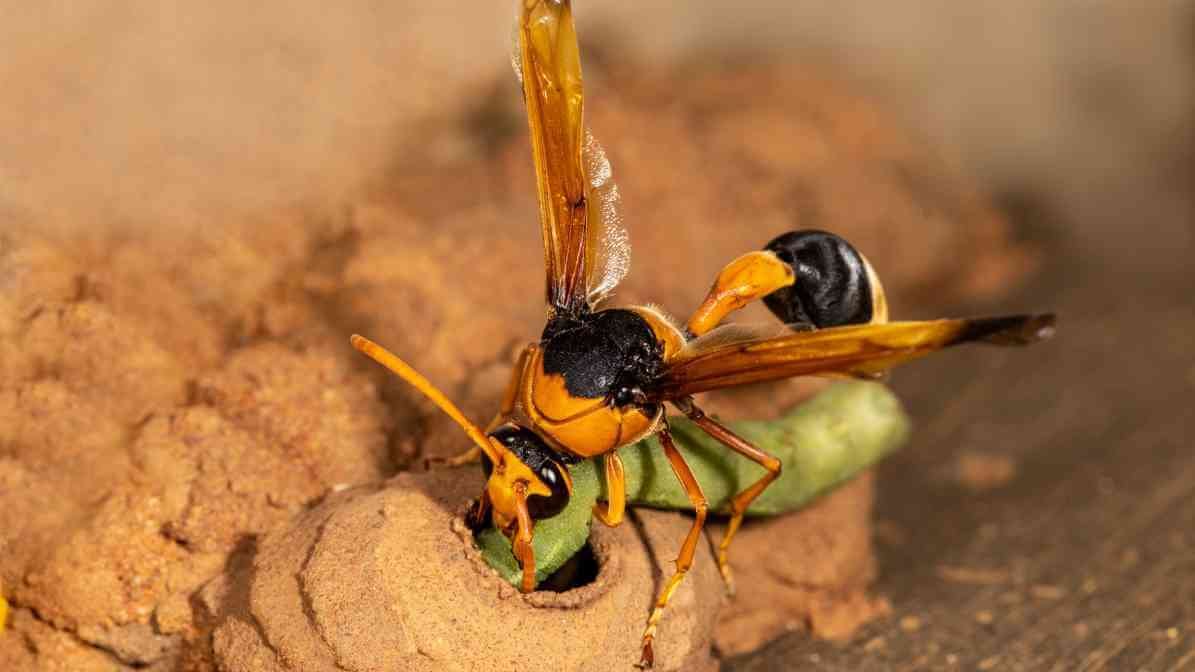
Pear-Tailed Potter Wasp (Vespidae)
These wasps are famous for their distinctive pot-shaped nests made from mud. They are solitary wasp species, meaning they do not live in colonies like social wasps. They provide ecological benefits by preying on pest insects, making them valuable for pest control.
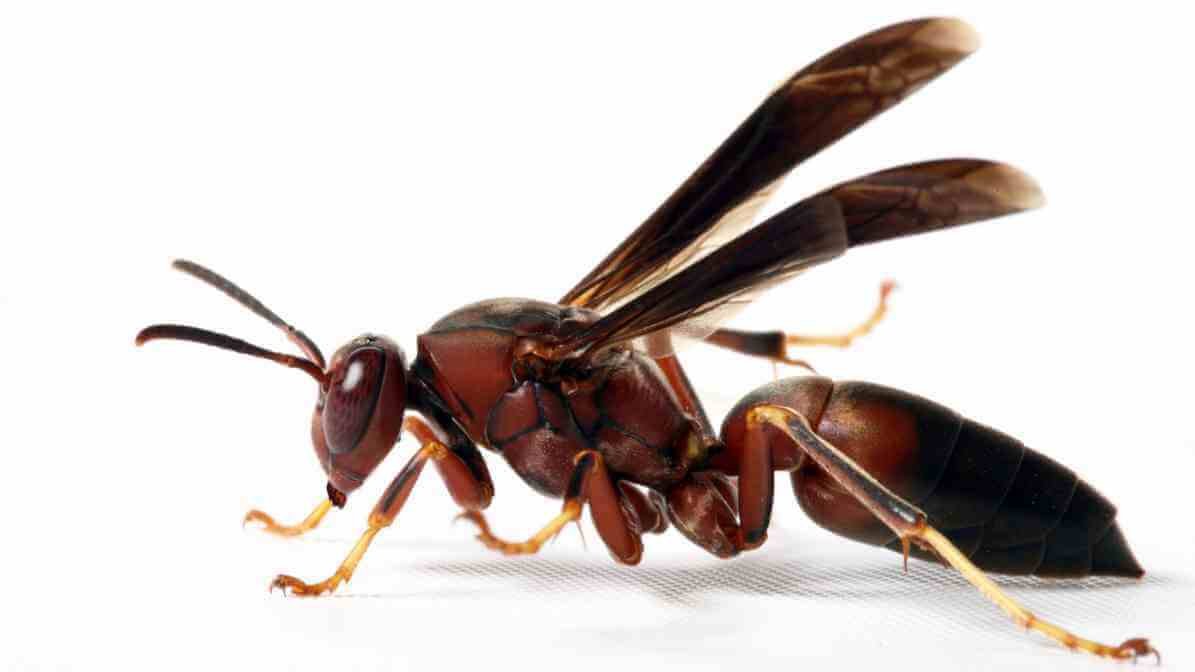
Banded Paper Wasp (Polistes sagittarius)
As a type of social wasp, they fascinate many for creating open, umbrella-shaped nests. Particularly beneficial as they feed on caterpillars and other pests, helping to regulate pest populations in agricultural settings.
Contact Us
We love to talk pest. From guiding you on the identification of the pest to solving your pest problems. No job is too small or too big for us. Call us today for more info.

